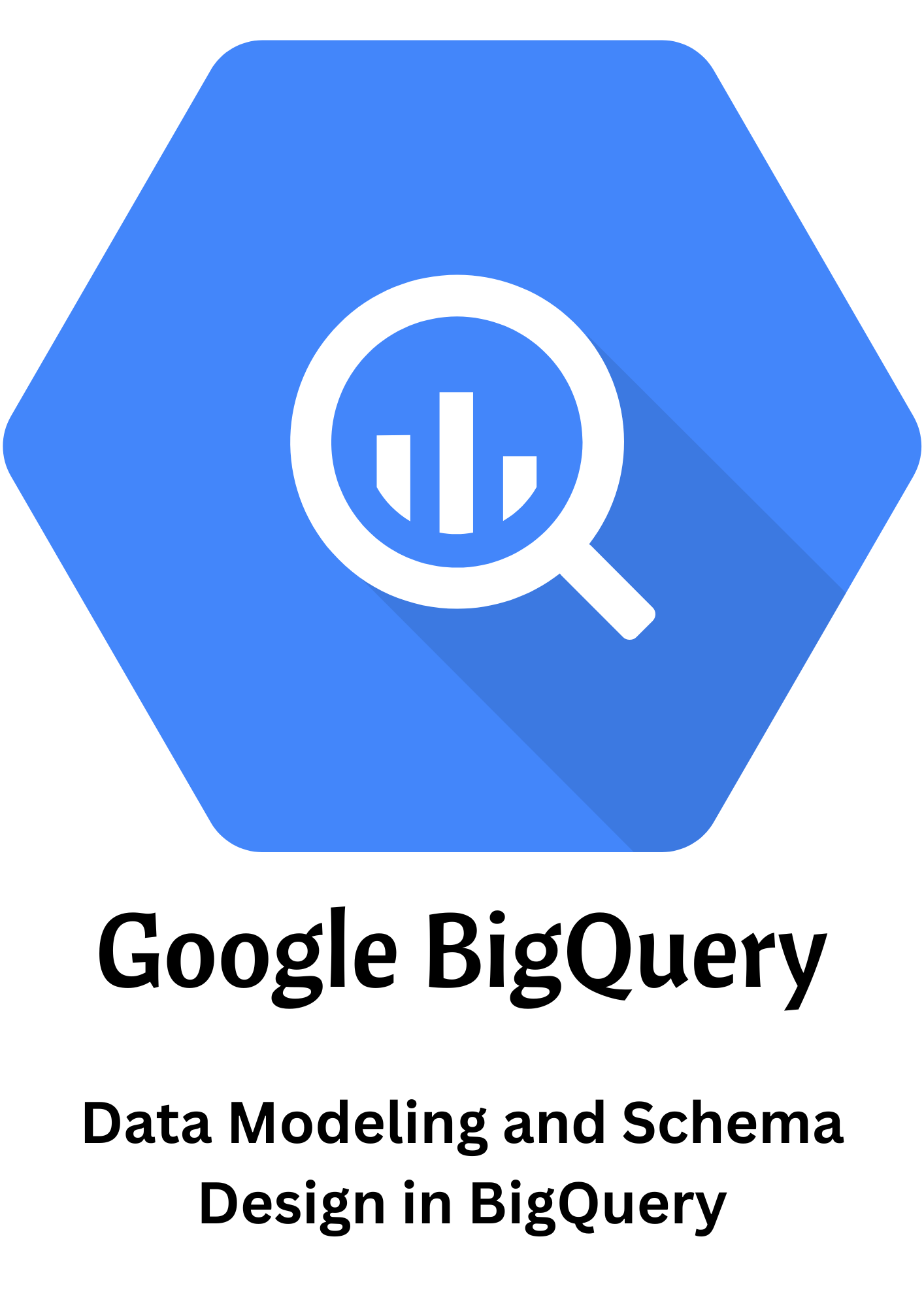
- August 23, 2023
- admin
- Bigquery, Business, Data Science, Data Visualization, Reports, Technology
Welcome to our comprehensive tutorial on mastering data modeling and schema design in Google BigQuery. In this guide, we’ll dive into essential concepts, selecting appropriate data types, and uncovering best practices for creating efficient and optimized schemas. Let’s get started!
1. Understanding the Concept of Schema in BigQuery:
A schema in BigQuery defines the structure of your data tables, including column names, data types, and nesting structures. Understanding schemas is crucial as they lay the foundation for organized and manageable data storage and retrieval. Learn how to create schemas that suit your data’s nature and analytical requirements.
2. Choosing the Appropriate Data Types for Your Schema:
Selecting the right data types ensures data accuracy, storage efficiency, and query performance. BigQuery offers a variety of data types, including numeric, string, date/time, and more. We’ll guide you through making informed decisions based on your data’s nature, volume, and the analytical insights you aim to extract.
3. Best Practices for Designing Efficient and Optimized Schemas:
Efficient schema design directly impacts query performance and cost efficiency. Discover best practices like denormalization, partitioning, and clustering, which enhance query speed and reduce costs. Learn how to strike a balance between data normalization and query optimization to ensure smooth data analysis workflows.
4. Navigating Complex Schema Design:
For more complex data models, we’ll explore techniques for creating nested and repeated fields. These advanced schema structures accommodate intricate data relationships and hierarchical information. Mastering nested and repeated fields adds versatility to your data modeling toolkit.
Conclusion
Congratulations! You’ve gained a deep understanding of data modeling and schema design in Google BigQuery. By comprehending the schema concept, selecting appropriate data types, and applying best practices, you’re equipped to create efficient, organized, and optimized schemas. Keep exploring, as schema design plays a pivotal role in maximizing BigQuery’s data analysis potential. Stay tuned for more tutorials that delve further into the world of BigQuery functionalities and optimization strategies.
Categories
- Artificial Intelligence (19)
- Bigquery (7)
- Business (38)
- Chat GPT (6)
- Code (5)
- Data Science (23)
- Data Visualization (28)
- Google Ads (4)
- Google Analytics (19)
- Google Analytics 4 – GA4 (22)
- Google Bard (5)
- Google Cloud (6)
- Google Looker Studio (4)
- Google merchant center (2)
- Google tag manager (10)
- Healthcare (2)
- Hindi (6)
- Javascript (3)
- Migration (1)
- Natural Language Processing (5)
- NLP (3)
- Prestashop (2)
- Reports (10)
- Server-Side Tracking (10)
- Social Media (15)
- Technology (34)
- web design (1)
- web development (4)
- आर्टिफिशियल इंटेलिजेंस (5)
- एआई (5)
- कृत्रिम बुद्धिमत्ता (6)
- गूगल बार्ड (3)
- डेटा विज्ञान (1)
- डेटा साइंस (1)




